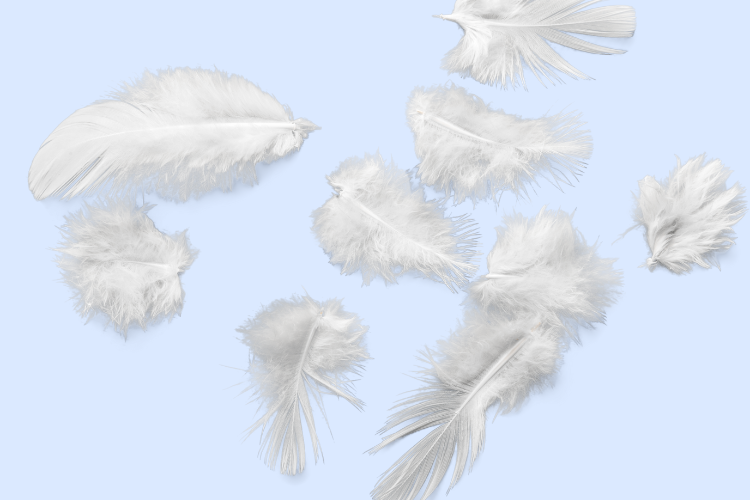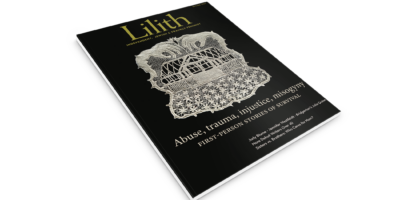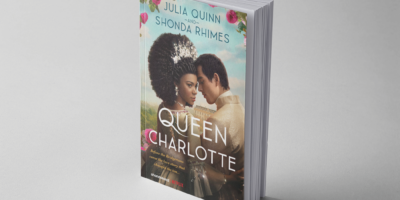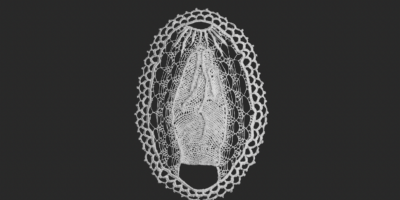
Poetry: Habasar V’Haguf
It is one supposes, on some days, at some times, possible,
theologically speaking, to imagine a god who has
no body. God of Ideals. God of Spirit. God of Thought.
God of
No Thing therefore God of Nothing. God,
what a tragedy
that a human, all flesh and bone in her world of
wood and
stone, water and earth, could be so disembodied herself
that she conceives a god without a body,
without its hungers
and without its creaks, without its folds and its foldings,
without taste buds, without a pulse to quicken to pound
in the throat when the scent of the one she needs rules
over all sense. To love an idea can be quite quite
satisfying but only the body, beloved,
is holy, holy, holy
excerpt from ANA EL-NA REFA NA LA
hope is a body feathered
every prayer for hope sprouts from god’s body a feather
every prayer for vengeance sprouts a wound from a
feather plucked
once and again every now and then there are on
god’s body
there are feathers oh feathers oh feathers enough to fly
but daily and daily god’s body sinks and swells and
pusses ooze while we cry out ana el na refa na la
Poetry Editor Alicia Ostriker comments:
Here we have theology with a passionate feminist twist, responding to the age-old insistence that God is pure spirit without a body. The poet asks us to recognize the body, the physicality of ourselves and implicitly of the world, as holy. And so God, following this logic, must be embodied in order to be truly holy. With a further spin. Emily Dickinson’s “Hope is a thing with feathers” is itself embodied, tactile, capable of flight and of suffering.






